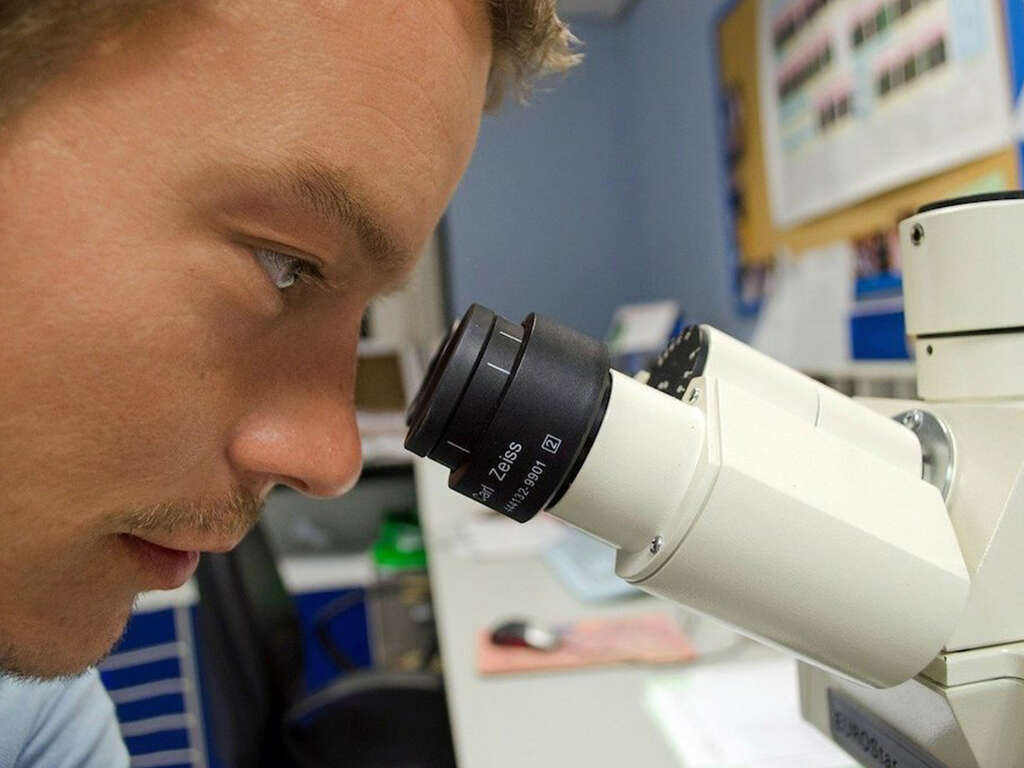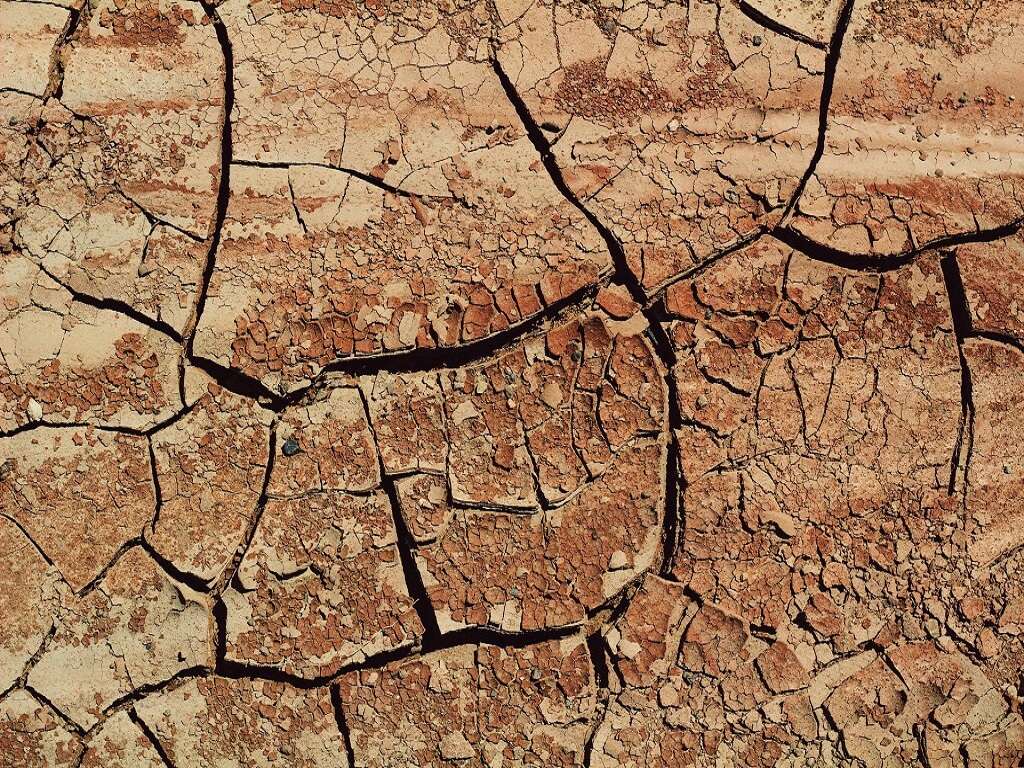10 FAQs About the Hypodermis
 Article Sources
Article Sources
- 1. Yousef, Hani. 'Anatomy, Skin (Integument), Epidermis.' U.S. National Library of Medicine, 27 July 2020, www.ncbi.nlm.nih.gov/books/NBK470464
- 2. Saldana, José Ignacio. 'Macrophages.' British Society for Immunology, www.immunology.org/public-information/bitesized-immunology/cells/macrophages
- 3. Biga, Lindsay M., et al. '5.3 Functions of the Integumentary System.' Anatomy Physiology, OpenStax/Oregon State University, open.oregonstate.education/aandp/chapter/5-3-functions-of-the-integumentary-system
- 4. 'Administering Drugs via a Subcutaneous Injection.' Nursing Times, 7 Apr. 2021, www.nursingtimes.net/clinical-archive/assessment-skills/injection-technique-2-administering-drugs-via-the-subcutaneous-route-28-08-2018
Acts as a Thermoregulator
An essential function of the skin is to protect the body from extreme temperatures and maintain a consistent core temperature. The fat in the hypodermis layer of the skin insulates the body against heat loss.
The arterioles in the hypodermis shrink in response to temperature drops, which reduces heat loss. This process is vital to maintaining warmth in the toes and fingertips, as well as the end of the nose. With age, the hypodermis thins, making the body more sensitive to cold.
Advertisement











